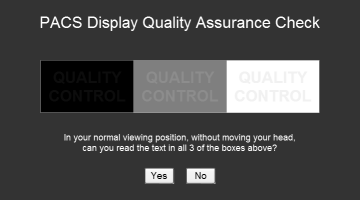Over the last couple of years there has been a lot of interest in using "Lean" techniques in healthcare to improve efficiency and quality in service delivery. "Lean" was invented by Toyota, and began life as the Toyota Production System.
Much of this, I believe, is relevant to the delivery of Radiology services, and the Bristish National Health Service is now interested in it too. The NHS institute has a section on its website on Lean Thinking, which has links to a lot of useful and interesting stuff.
However, an article in the Economist (19 Dec 2007) shows another aspect of working at Toyota. The company may be hyper-efficient, but employees in Japan put in enormous amounts of unpaid overtime. In 2002, A 30 year old Toyota quality control manager collapsed and died at work at 4 am. He had been doing 80 hours of unpaid overtime work per month in the 6 months prior to his death much of which was "voluntary" and unpaid. Last month, a court accepted his wife's claim that his death was due to overwork.
Much of this, I believe, is relevant to the delivery of Radiology services, and the Bristish National Health Service is now interested in it too. The NHS institute has a section on its website on Lean Thinking, which has links to a lot of useful and interesting stuff.
However, an article in the Economist (19 Dec 2007) shows another aspect of working at Toyota. The company may be hyper-efficient, but employees in Japan put in enormous amounts of unpaid overtime. In 2002, A 30 year old Toyota quality control manager collapsed and died at work at 4 am. He had been doing 80 hours of unpaid overtime work per month in the 6 months prior to his death much of which was "voluntary" and unpaid. Last month, a court accepted his wife's claim that his death was due to overwork.


















 Small bowel obstruction due to left inguinal hernia
Small bowel obstruction due to left inguinal hernia





